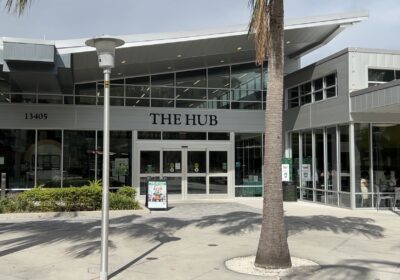Rising sea levels cause archaeologists to look backward

SPECIAL TO THE ORACLE
Living in Florida comes with the unavoidable consequence of living just feet above sea level, and those levels are only rising. This year, research in the U.S. National Climate Assessment predicted Florida will be battered by extreme weather — both very dry and very wet — in coming decades.
Last year, several archaeologists from across the state met with Gov. Rick Scott to try to change his mind on climate change, a subject on which he has expressed skepticism. And their worry is not unfounded.
In 2012, archaeologists responded to an emergency call in Cedar Key about rising tides that threatened to wash away a Native American burial ground.
But what they found was that the site was actually a re-burial ground, as ancient Native Americans living in the region had moved the remains from another site affected by the same issue.
In fact, Native Americans in AD 600 who lived near the coasts were forced to move inland due to rising sea levels when the mile-thick ice cap that reached down to central Ohio melted.
Archaeologists across the state investigated the effects of changing sea levels on residents throughout time. One such professional, USF anthropology professor Nancy White, has worked in the panhandle for several years with students to relocate known archaeological sites and discover new ones.
“Since USF’s anthropology program stresses applied work and public archaeology, we hope that our data will be of use not only to geologists but also those modeling climate change and sea level rising today,” she said.
According to the Tampa Bay Times, rising sea levels due to climate change pose a huge threat to Florida’s coast. Though sea levels naturally fluctuate over time, the rates have been rising faster than the natural rate due to melting ice caps and warming oceans — heat causing water to expand.
According to Climate Central, the global sea level average has risen approximately 8 inches since 1980. In a recent Florida Atlantic University study, researchers found that a sea level increase of just 6 inches would cripple half of southern Florida’s flood control capacity.
“These barrier islands that formed — for example, St. George Island, St. Vincent Island, Dog Island — only formed like 4,000 years ago, but now we’re finding stuff on them that are 12,000 to 13,000 years old,” White said. “That was there when it was all land and the ocean was out (farther). So we can study the timing of (fluctuating sea levels).”
White is also doing a survey at Silver Springs State Park looking at materials from all time periods around the springs — including modern times.
“It was a tourist attraction. There were the glass bottom boat rides, there still are. There was a civil war sugar plantation we got the ruins of. There was a Seminole Indian village to draw in tourists,” White said. “There was a black beach, one of the few where African Americans could swim on the river.
Hollywood was there filming Tarzan with Johnny Weissmuller swinging — we got a piece of the metal cable, it was just laying on the ground, that they used … to have him swing through the trees. So all time periods in that park are what we’re investigating.”
White said archaeologists are concerned with not just the past but how the past relates to the current and the future.
“Archaeologists usually cooperate and share data that’s been dug up in the past to try to research these really important questions,” she said.
You can’t say there’s global warming because of climate change because of human action unless you see what the past record was.”






